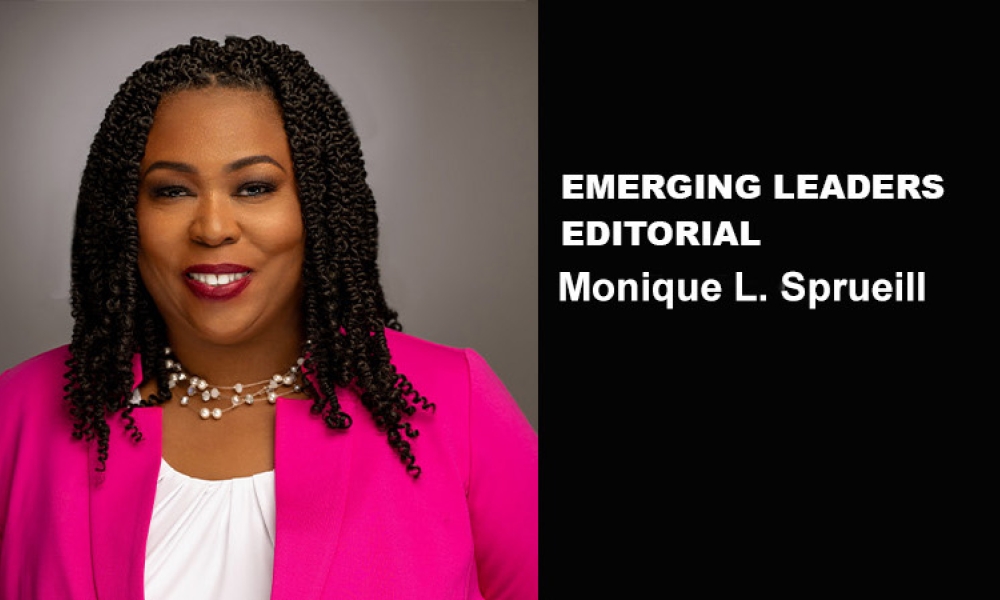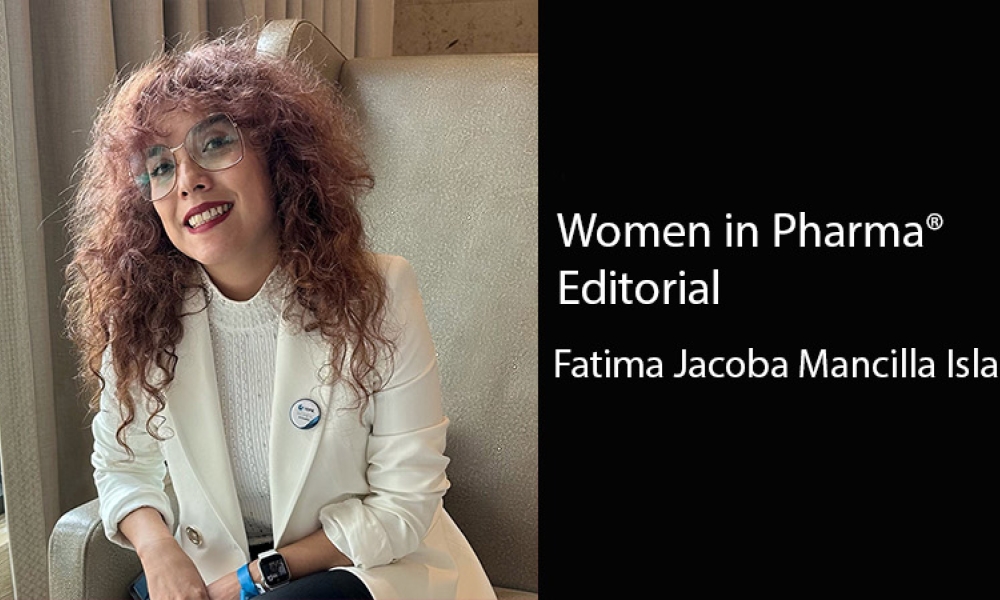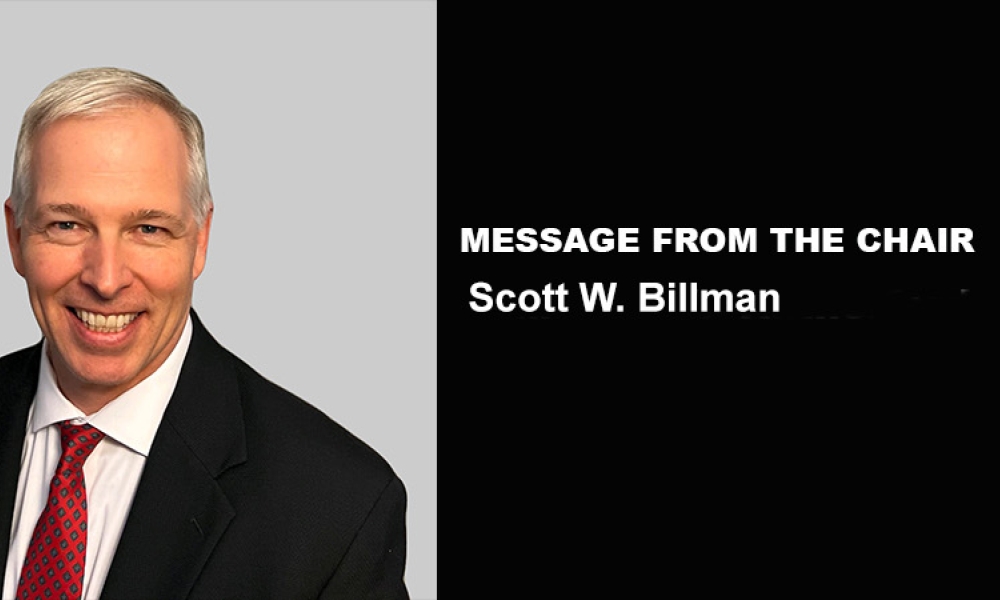Message from the Chair: The Next Normal - Workforce of the Future
Frances (Fran) M. Zipp is President & CEO of Lachman Consultant Services, Inc. Lachman Consultants provides compliance, regulatory and technical consulting services to the global...



